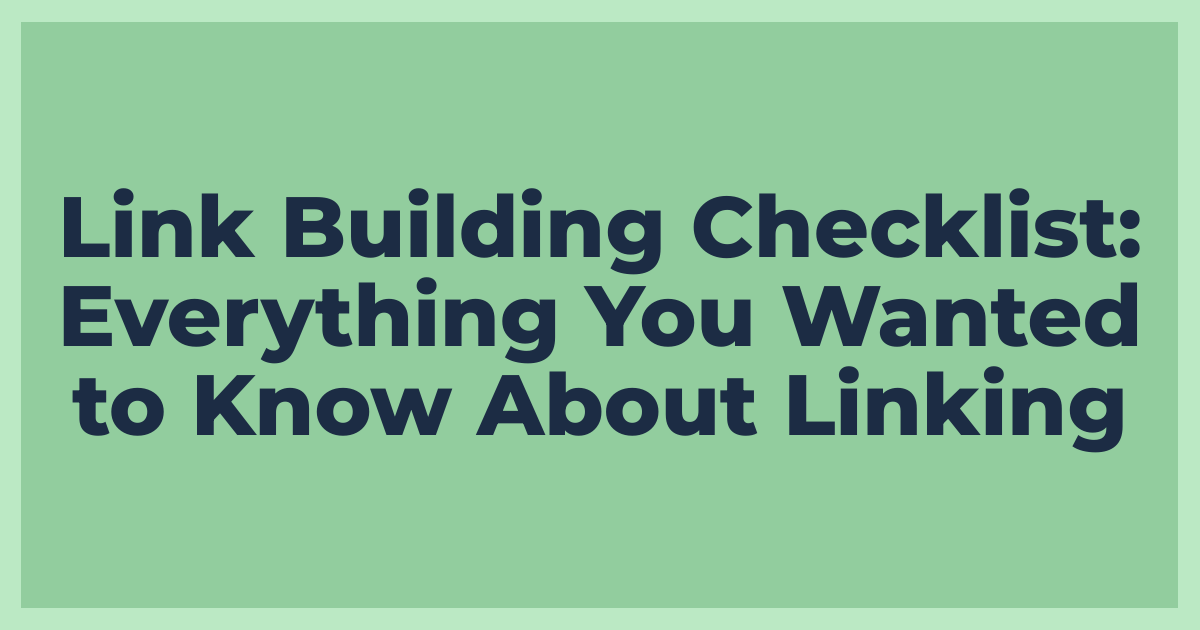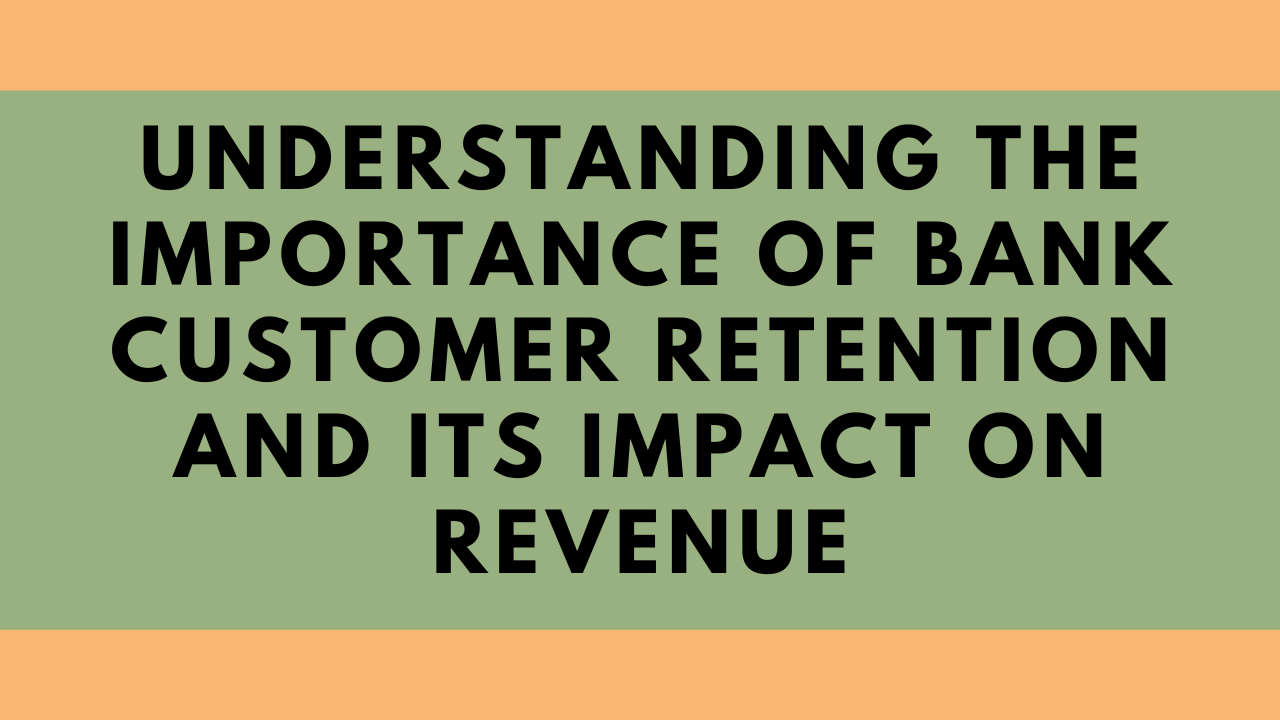What is link building? Link building is acquiring hyperlinks from other websites to your website. These hyperlinks, also known as backlinks, are crucial for improving your website’s search engine ranking and increasing traffic to your site. To help you, we have prepared a link-building checklist and guide for you.
Why is link-building important?
Link building is a critical component of search engine optimization (SEO). Search engines like Google use backlinks as a signal of the quality and relevance of a website’s content. The more high-quality backlinks a website has, the higher it is likely to rank in search engine results pages (SERPs). Additionally, backlinks can drive referral traffic to your website and increase your online authority.
Brief overview of the guide
This guide will provide a comprehensive overview of link-building, including the different types of links, link-building strategies, the link-building process, creating link-worthy content, building relationships for link-building, avoiding common link-building mistakes, and best practices for ethical link-building.
Following these tips and strategies can improve your website’s search engine ranking and drive more traffic.
Understanding Link Building
Types of links
- Natural links – These are created organically when other websites find your content valuable and link to it without your prompting or request.
- Manual links – These are acquired through deliberate efforts, such as contacting other websites to request a link back to your site.
- Self-created links – These are links you create by adding links to your website in forums or comment sections.
Link building strategies
Link-building strategies are key to boosting your website’s authority and increasing organic traffic. Here’s how you can do it:
- Guest posting – This involves writing high-quality content for other websites in your niche and including a link back to your website in your author bio or within the content itself.
- Broken link building – This strategy involves finding broken links on other websites and reaching out to the website owner to suggest replacing the broken link with a link to your relevant content.
- Skyscraper technique – This involves creating high-quality content that is even better than the best content currently ranking for a specific keyword or topic and then reaching out to websites that have linked to similar content to request a link to your content instead.
- Infographic outreach – This involves creating an informative and visually appealing infographic and reaching out to other websites to suggest they use it on their website and link back to your website as the infographic source.
The Link Building Process
Research and prospecting
- Identifying link prospects – This involves identifying websites in your niche that have high domain authority and may be interested in linking to your content. This can be done through tools such as Ahrefs or Google search operators.
- Qualifying link prospects – Once you have identified potential link prospects, you need to qualify them by assessing their relevance, domain authority, and link quality.
Outreach and relationship building
- Crafting outreach emails – Your outreach emails should be personalized, concise, and offer value to the recipient. They should also clearly explain why linking to your content would benefit their website’s audience.
- Following up on outreach – Following up with recipients who have not responded to your initial outreach can effectively increase your response rate.
- Building relationships with link prospects – Building relationships with potential link prospects can lead to more future link opportunities. This can be done by engaging with their content, offering value, and finding common interests.
Measurement and tracking
- Tools for tracking link-building progress – Tools such as Ahrefs, Moz, and Google Search Console can be used to track the number and quality of backlinks to your website.
- Metrics to measure the success of link-building efforts – Metrics such as domain authority, organic traffic, and keyword rankings can be used to measure the success of your link-building efforts over time.
Building Relationships for Link Building
Why is building relationships important for link building?
Building relationships with potential link prospects can lead to more future links opportunities. By establishing a connection and offering value to your link prospects, you increase the chances that they will link to your content.
Techniques for building relationships
- Offering value to link prospects – One of the most effective ways to build relationships with potential link prospects is to offer value to them first. This can be done by sharing their content, offering feedback or suggestions, or even offering to collaborate on a project.
- Providing testimonials – Providing testimonials for products or services that you have used can be a great way to build relationships with businesses in your niche. This can often lead to them linking to your website in return.
- Participating in social media conversations – Engaging in conversations on social media with potential link prospects can help you establish a connection and build a relationship with them. This can be done by commenting on their posts, sharing their content, or sending them direct messages.
- Attending industry events – Attending industry events such as conferences or meetups can provide opportunities to network with potential link prospects in person. This can effectively establish a connection and build a relationship that may lead to future link-building opportunities.
Avoiding Common Link-Building Mistakes
Spammy link-building tactics to avoid
- Paid links – Paying for links violates Google’s Webmaster Guidelines and can be penalized.
- Link exchanges – Exchanging links with irrelevant or low-quality websites solely for building links can be seen as manipulative and may result in a penalty.
- Private blog networks (PBNs) – Using a PBN to create links to your website is a black hat tactic that violates Google’s Webmaster Guidelines.
Link-building mistakes that can harm your SEO
- Over-optimization: Over-optimizing anchor text or repeatedly using the exact text can be seen as manipulative and may result in a penalty.
- Low-quality links: Acquiring links from low-quality or irrelevant websites can harm your SEO and may result in a penalty.
- Ignoring link quality: Focusing solely on the quantity of links and not considering the quality of those links can harm your SEO and may result in a penalty.
Best practices for ethical link building
Your link-building strategy should include these things:
- Focus on creating high-quality content – By creating high-quality content that provides value to your audience, you increase the chances that other websites will link to it naturally. Here, your chances to conduct link-building for SaaS websites will increase.
- Outreach to relevant websites – Reach out to websites that are relevant to your niche and offer value to their audience. This can increase the chances that they will link to your content.
- Monitor your backlink profile – Regularly monitor your backlink profile for low-quality or spammy links and disavow them if necessary.
- Diversify your anchor text – Use a variety of anchor text and focus on using natural language rather than keyword stuffing.
- Be patient – Building high-quality links takes time and effort. Don’t resort to manipulative tactics to speed up the link-building campaigns.
Link building Checklist
- Always focus on building high-quality links rather than quantity.
- Offer value to your link prospects before asking for a link.
- Build relationships with potential link prospects to increase their chances of linking to your content.
- Monitor your backlink profile regularly and disavow any low-quality or spammy links.
- Be patient and persistent in your link-building efforts.
Frequently Asked Questions
What is a nofollow link, and how does it impact link building?
A nofollow link is a link that includes the “nofollow” attribute in its HTML code. This tells search engines not to pass on any authority or “link juice” to the linked page. While nofollow links do not directly impact link-building efforts, they can still be valuable for driving traffic and increasing visibility. In addition, having a mix of do-follow and nofollow links can help create a more natural and balanced backlink profile.
Can internal links be used for link building?
Yes, internal links can be used for link building. Internal links are links from one page of your website to another page on the same site. While they don’t provide the same SEO benefits as external backlinks, they can still help distribute link equity and improve website navigation.
Can we over-optimize anchor text when building links?
Yes, it is possible to over-optimize anchor text when building links. Over-optimization occurs when the exact anchor text is used repeatedly or when keyword-rich anchor text is used too frequently. This can be seen as manipulative and may result in a penalty. To avoid over-optimization, focus on using natural language and a variety of anchor text that accurately reflects the linked content.
How can I track my link-building progress?
Several tools are available for tracking link-building techniques, including Google Search Console, Ahrefs, Moz, and SEMrush. These tools allow you to monitor your backlink profile, track the number of links acquired, and measure the impact of your link-building efforts on search engine rankings and website traffic.
What is the difference between a follow and a do-follow link?
There is no difference between a follow and a do-follow link. “Follow” means that the link allows search engine bots to follow the link to its destination page. In contrast, “nofollow” tells search engines not to follow the link. Therefore, all do-follow links are also follow links, but not all follow links are do-follow.
Conclusion
A Link building campaign can be time-consuming, but it is worth the effort. Following the best practices outlined in this guide and taking action can build high-quality links and improve your website’s SEO. Don’t hesitate to contact potential link prospects and build relationships with them. Good luck as you build links with other website owners.














